Curing Salmon Roe
There was a time when I didn’t need a reason to drive to Portland for a casual visit or just to enjoy a day in our area’s most accessible metropolis. Gas was cheap - well, at least it was under $2 a gallon, and I could leisurely drive the 40 or so miles and cruise around town for less than $10. Now I usually wait until I have at least three reasons to make the trip, except for one recent Saturday. I desperately wanted some fresh salmon roe to play with…fuel costs be damned!
When it comes to cosmopolitan metropolises, Portland garners distinguishing marks. It’s on the west coast and doesn’t care what the rest of the world thinks. It’s progressive, even more so that San Francisco and Seattle. It’s photogenic; face it, it’s got a view from almost every angle. It is home to more craft brewers per capita than any other city in the U.S. It’s a melting pot for most of Oregon’s artisan distillers. And, most importantly, it’s delicious in every way possible. P.S. James Beard, the dean of American cookery, was born and raised in Portland. After a failed theatrical career, Beard drifted into catering and eventually hosted the first cooking show on American television in 1946. With this he started a food revolution that has propelled American cuisine to the forefront of global gastronomy.
There are farmers markets all over the Beaver State, great farmers markets, but the Saturday Farmers Market at Portland State vies for the Holy Grail of our state’s markets. Think of it as The Greatest Show on Earth featuring Oregon’s bounty as the star, with farmers marketing the prizes from their gardens or pastures, or gifted artisans peddling the results of their labors, transforming raw edibles into artful food.
On one recent Saturday, I discovered Simon Sampson, the Slammin’ Salmon Man, selling fresh-caught salmon from the Columbia River. But it wasn’t the whole salmon that caused my adrenalin to flow - it was the fresh skeins of roe he offered as well. Unfortunately that day I was too late for the roe as the early birds had made off with the precious eggs by 11:00 AM. Simon advised to get here early next week. And so we did - leaving Salem about 7:30 in order to arrive as the market opened.
When I met Simon this Saturday, he remembered me and brought out a beautiful bag of deep red/orange roe. He said it was $10 a pound and that this bag was about 2½ pounds, before proclaiming to be it worth about $20 (I love the way he rounds off his prices). I asked him if I could take his picture and he said “Sure, it’ll be $10!”
“Really?” I said.
He asked me why I wanted a photo, and I told him about this story.
He smiled and said, “OK, shoot away.” (A man’s got to earn a living any way he can.)
I queried Simon about the business of curing the eggs into salmon caviar, and he wisely advised me to “google it”! So google it I did and ended up following the excellent instructions on The Home Brew Chef.
Ingredients and tools:
- 1 cup (.25 lt.) Kosher salt
- 3 quarts (3 lt.) 100 °F (38 °C) water
- 2 large bowls
- 1 0r 2 skeins of fresh salmon eggs
- Seive
- Large strainer, big enough to hold all the eggs at once
- Ultra-clean canning jars
Method:
- Prepare the warm brine in a large bowl.
- Carefully submerge the eggs in their skeins into the brine and let rest for 30 minutes, making sure they remain submerged.
- The eggs will become cloudy but will regain their clarity at the end of the process.
- After the 30 minutes of brining, rinse the eggs in warm water before separating.
- Carefully remove the eggs from their skeins, eliminating all traces of the membranes. (You’ll notice that I shed my vinyl gloves as they hampered the separation of the eggs. Next time I’ll scrub up like a surgeon and do the whole process barehanded.)
- Rinse the eggs before a final dip in the brine.
- Dip the eggs briefly into the original brine to restore the clarity.
- Pour the rinsed and drained eggs into clean canning jars.
- Store the eggs in the refrigerator for up to two weeks.
The flavor of these fresh eggs was as light as a sea breeze. Enjoy as you would any caviar:
- With blini and sour cream
- With scrambled eggs or omelets
- As a garnish on hors d’oeuvres
We’ll be back with more creations using salmon roe.
Bon appétit
— Charles
Category: Appetizers
About the Author (Author Profile)
Music, food and photography are at the center of Charles’ life. He performed with the Dallas Symphony, Dallas Opera and was assistant principal bassoonist with the Fort Worth Symphony for more than 20 years. When Charles and Victor moved to Baltimore, Charles created Lone Star Personal Chef and Catering Service and taught cooking classes at Williams-Sonoma. Now in Salem, Charles is a Realtor with Coldwell Banker Mountain West Real Estate, taught cooking classes for children at the A.C. Gilbert Discovery Village, and owns and operates Charles Price Photography. Charles and Vic enjoy entertaining and frequently host dinners as fundraisers for local non-profits and charities

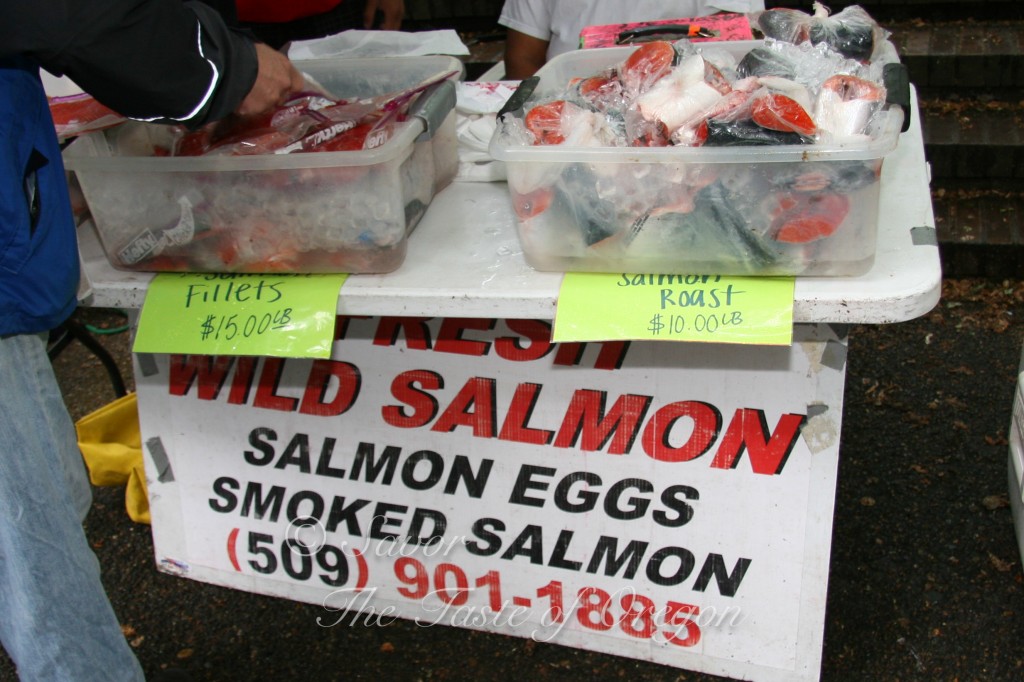
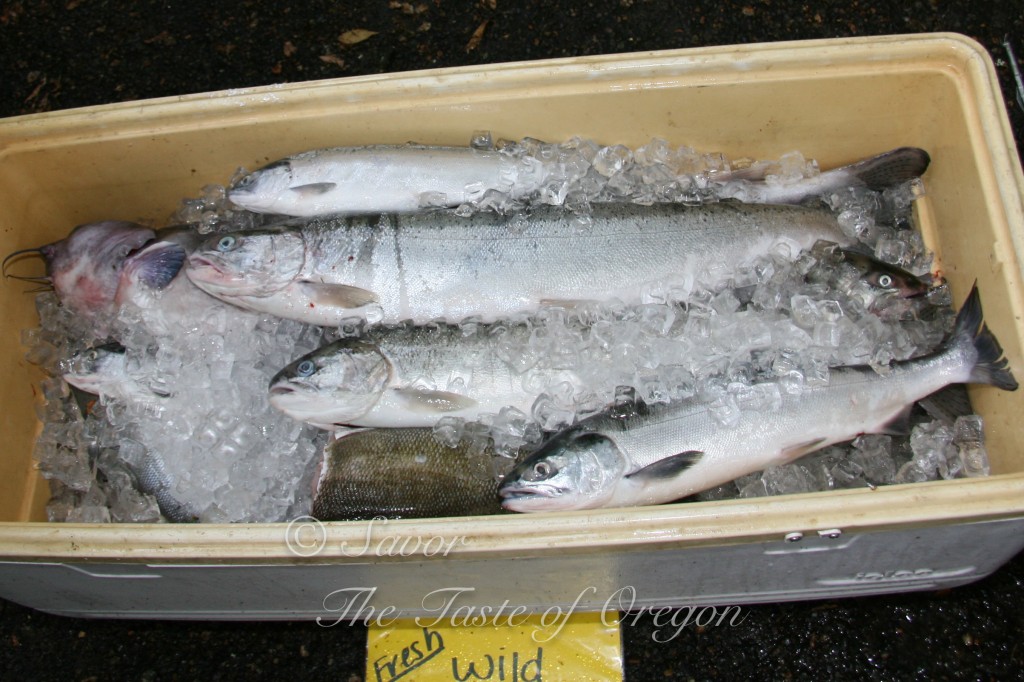
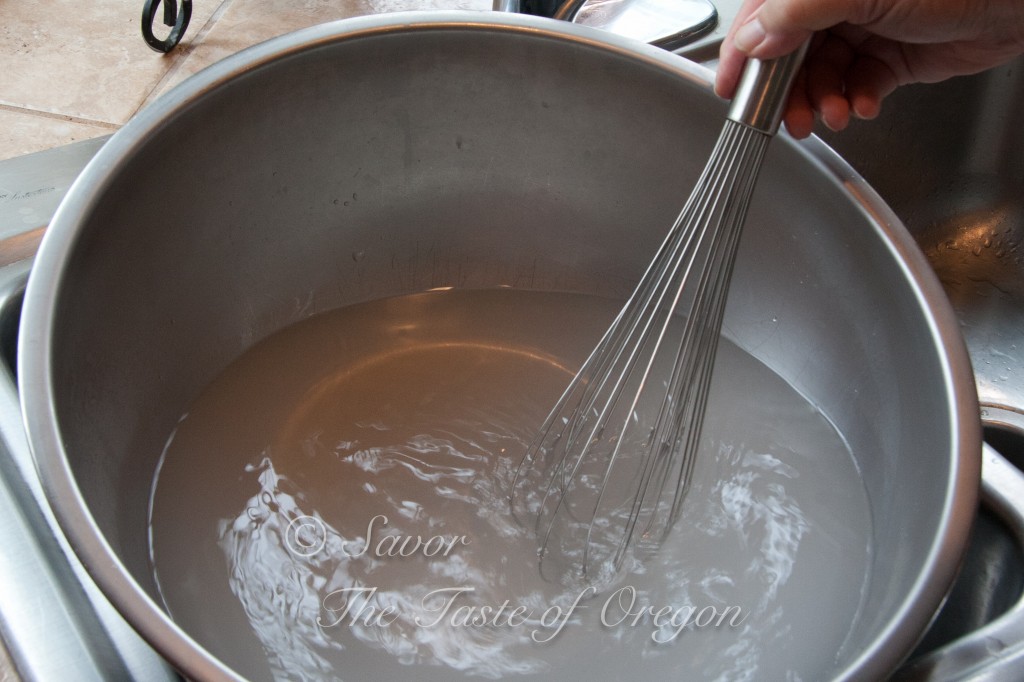
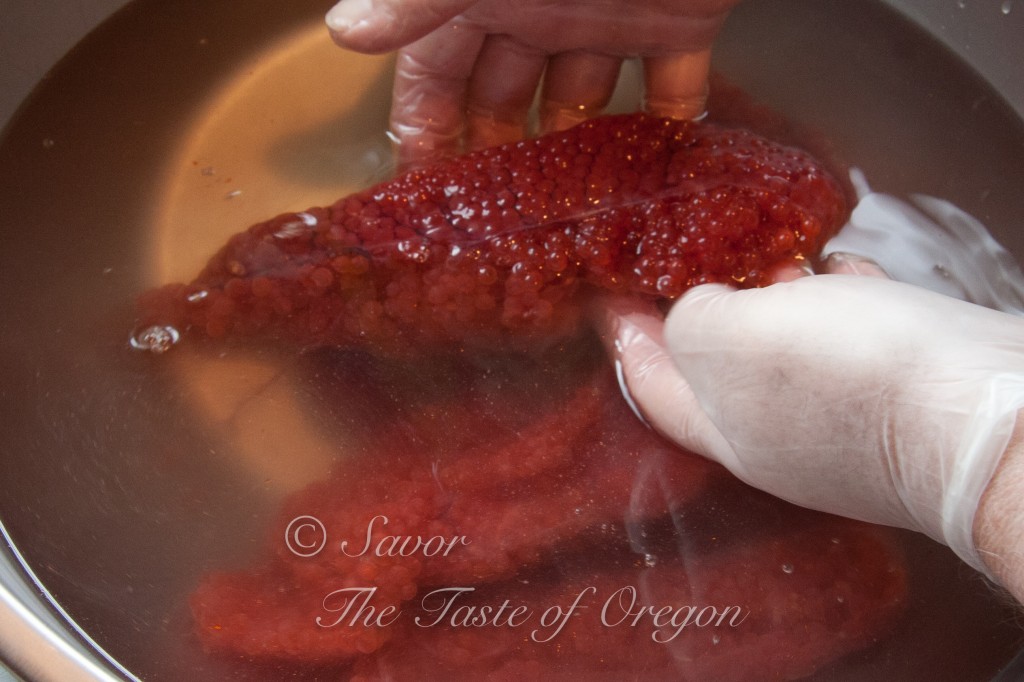
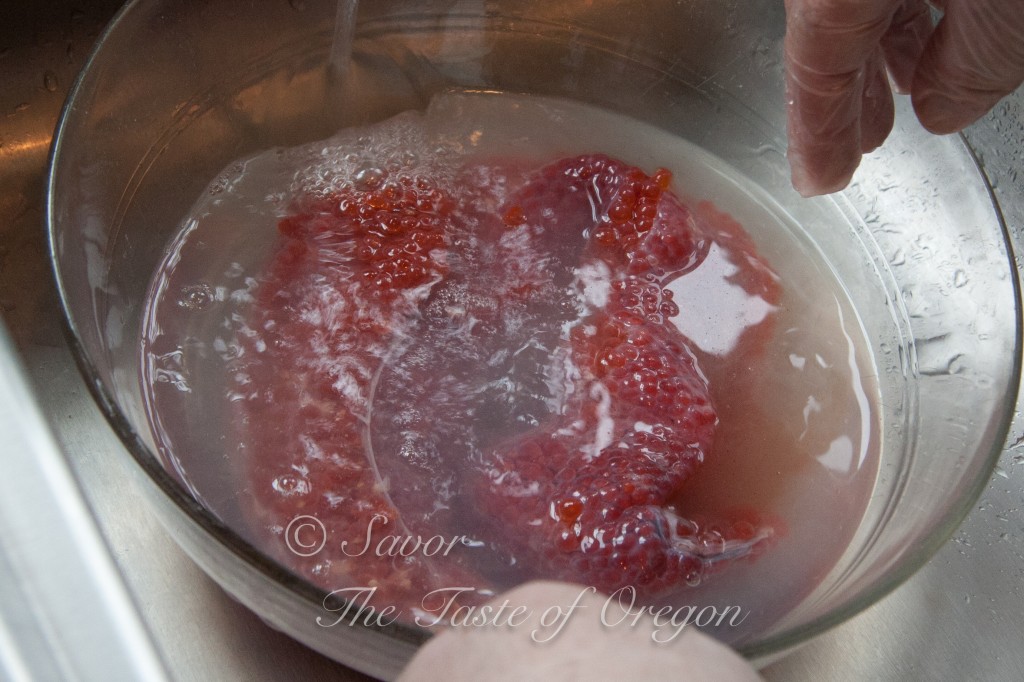
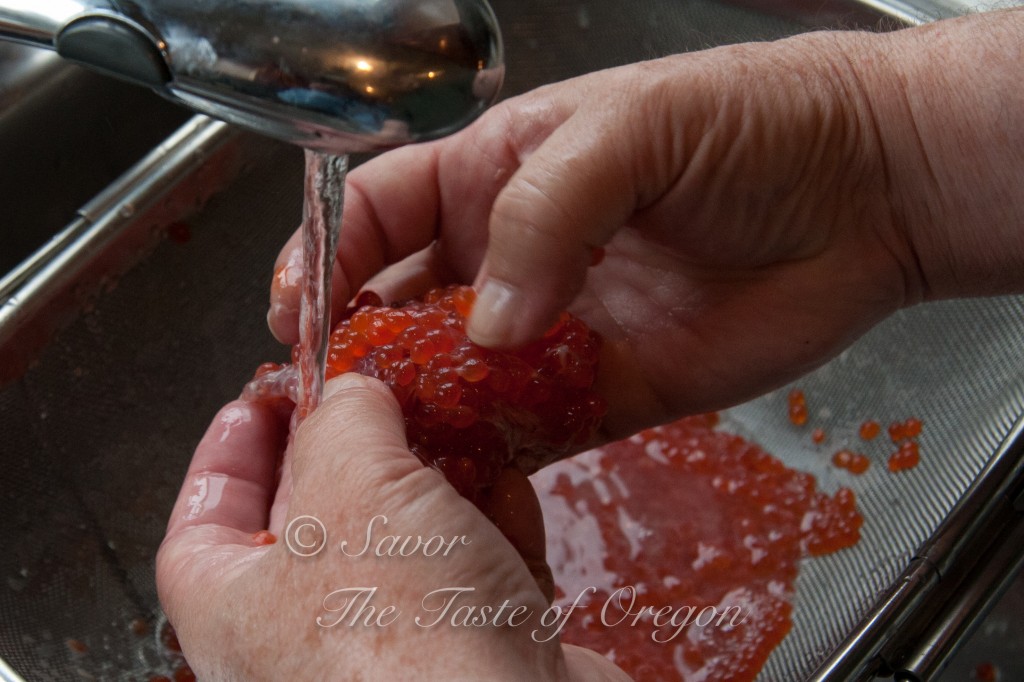
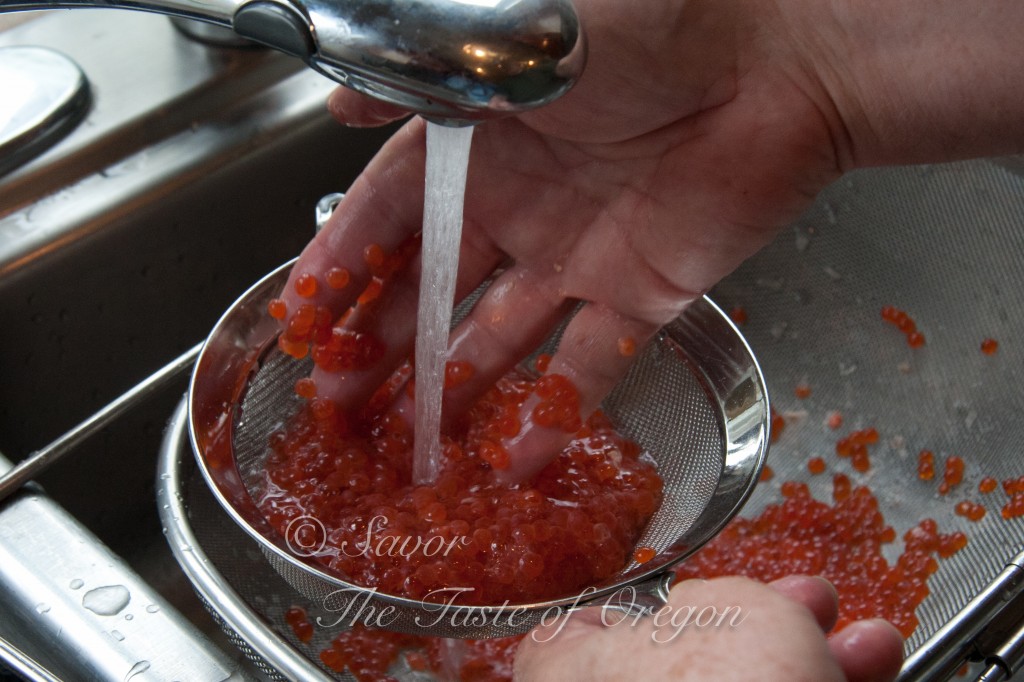
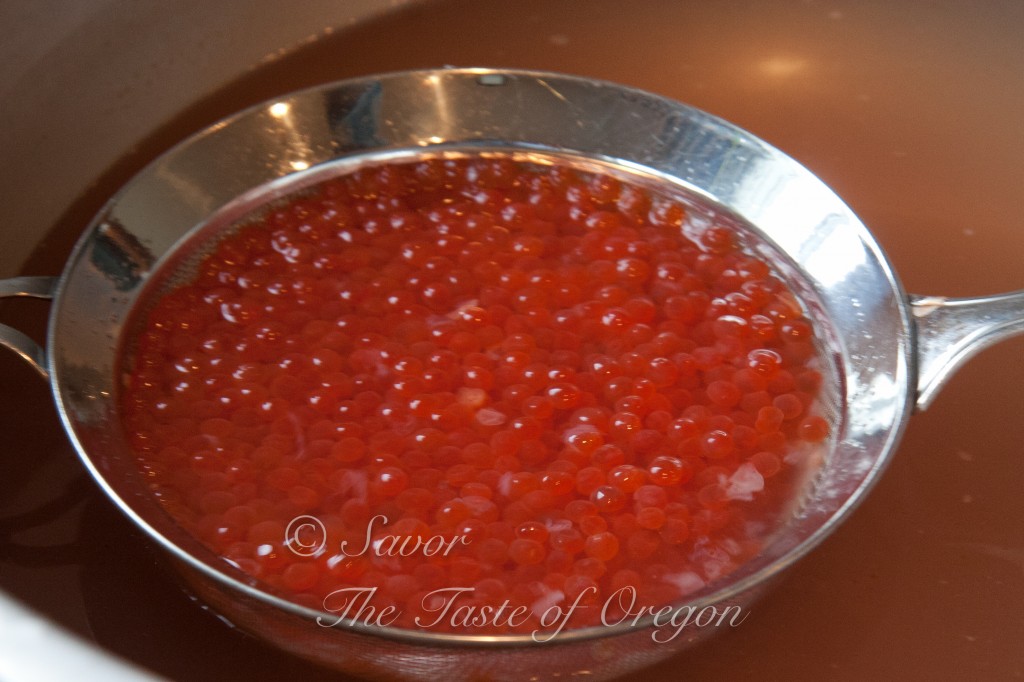
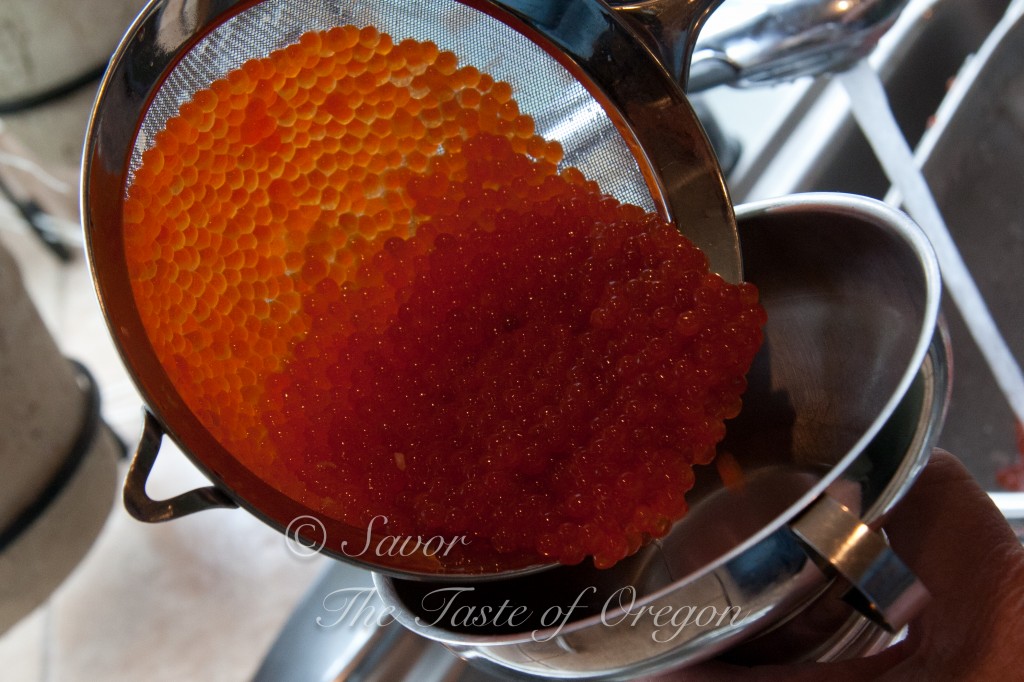
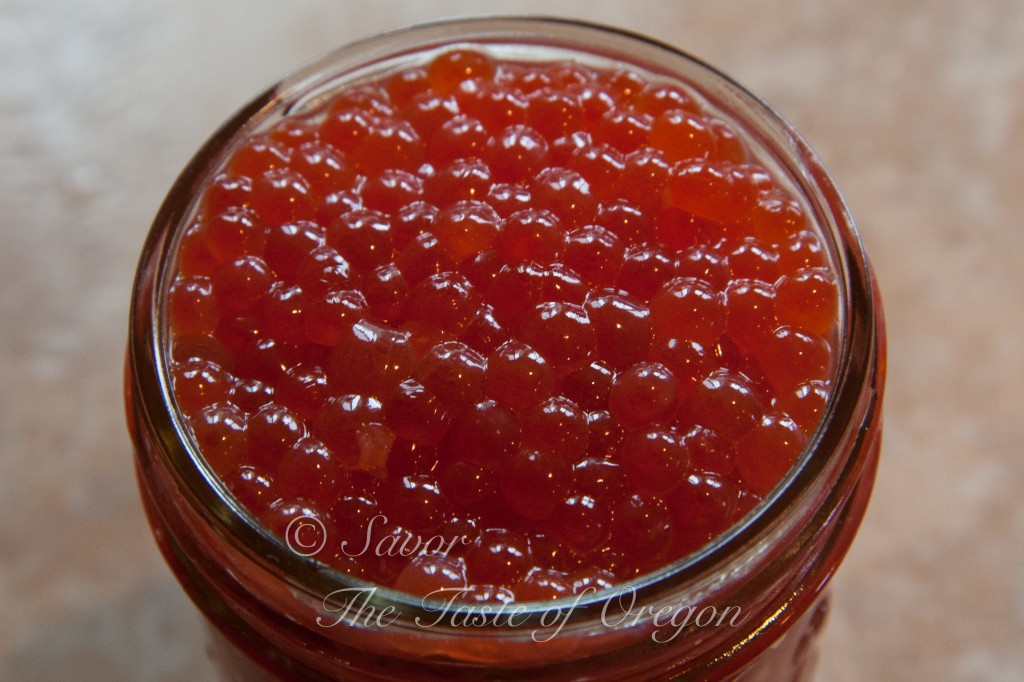






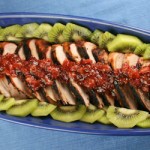
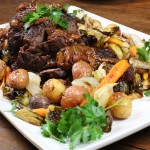
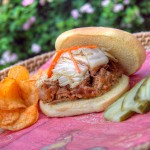
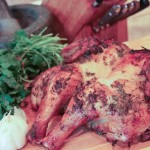
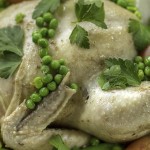

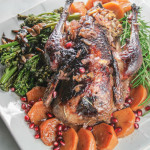

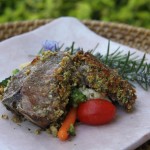
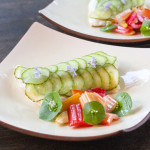
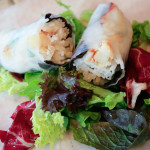
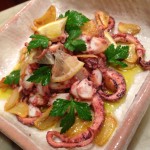

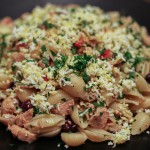
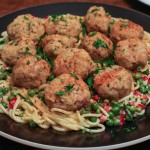
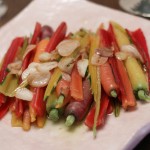
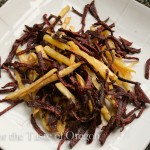

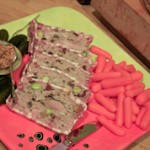
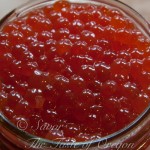
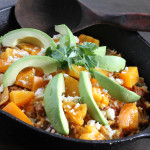
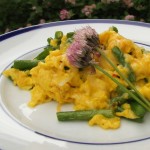
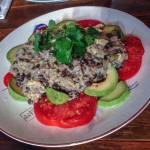
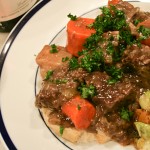
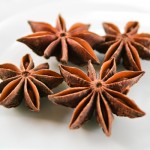
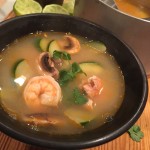

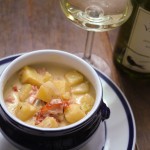



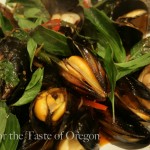






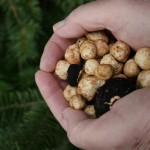
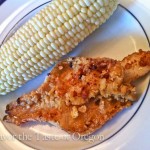


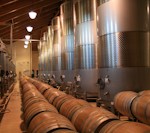
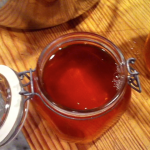





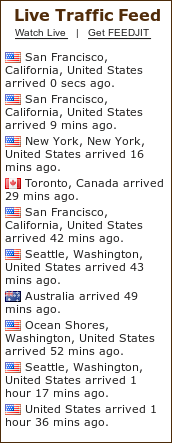

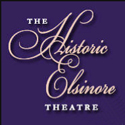


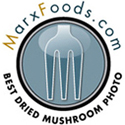
Wow. This is amazing. We get white fish caviar “Sikrom” from friends of our family who live near Lake Superior. So tasty! They brine theirs very lightly, and it makes for great snacking on crackers with fresh chopped onion!
Hey Kevin, have you ever tried briefly cold smoking cured fish caviar? I bet that would be really tasty!
[…] tablespoons (120 ml.) salmon roe for garnish (click here to read Charles’ post on home curing salmon […]
[…] found this wonderful recipe and step-by-step guide from the blog Savor the Taste of Oregon, and it’s really quite easy to do. The only intensive part is separating the roe from the […]
Great instructional! the only thing I’m wondering is the use of metal bowls, pans and screens?
When consuming caviar, purists always say to use mother of pearl spoons or at the least, plastic. They say a metal spoon releases metal ion that can affect the flavor of the caviar. Just a thought.